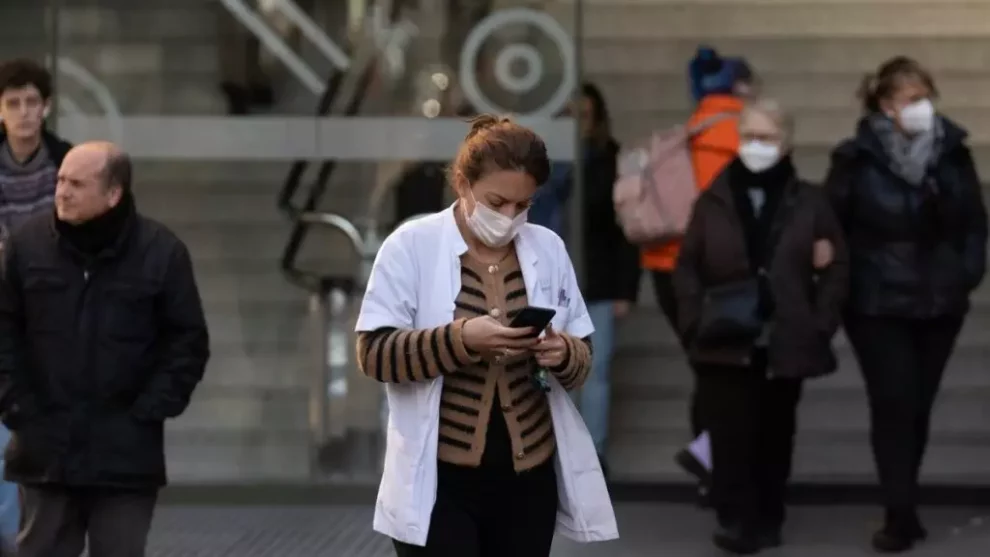He coronavirus does not fall into oblivion. Last May marked four years since the world stopped and suffered a pandemic that took thousands of lives in numerous countries. Now, years later, the XEC variant causes concern European authorities and the international community, which observe with caution and attention how infections of this disease increase. ‘new coronavirus’. But how does it behave and what new features does it present compared to its previous versions?
From the beginning, there has been talk about the different ways in which the coronavirus can affect the patient or infected person: fever, fatigue, sore throat or nasal congestion are some of the symptoms. All of them remain in the new XEC variant of the virus, which already affects more than 1,000 people all over the world.
The notice from the European authorities
In front of the virus spreadand while infections multiply, there are several organizations and professionals that speak out on the public health problem. He European Center for Disease Prevention and Control -ECDC- places emphasis on the way the XEC variant is transmitted: like the rest, it does so through respiratory droplets. These fluids transport the virus to anyone who is close to an infected person.
It is not necessary to cough or sneeze excessively, but simply by speaking this new variant can make the leap from one person to another. Furthermore, professionals speak of a increased faster spread and greater ease of contagion. To avoid these situations, the security measures are the same as those of previous variants: the use of masksmaintain social distance to the extent possible and, if in contact with people at risk – such as the elderly and people with respiratory conditions – increase these precautions.
Number of countries affected and symptoms of the XEC variant
Until now, 29 countries around the world They already suffer the arrival of the new XEC variant of the coronavirus, among which is Spain. Your symptoms They are very similar to previous strains and versions of the virus: body aches, fatigue, cough, headache, nausea and vomiting, diarrhea, difficulty breathing, and the popular loss of taste and smell.
International authorities are not the only ones that have been mentioned. He Ministry of Health remember that vaccination It is the most effective method against the coronavirus, a measure to which thousands of Spaniards underwent with the aim of preventing and avoiding major health problems in case of contagion. Currently, hospitals throughout the country continue to give vaccines to risk groups such as the elderly, while it is recommended to take care of hand and face hygiene to control the spread of the XEC variant.






![[Img #74683]](https://thelatestnews.world/wp-content/uploads/2024/12/The-main-mistakes-to-avoid-when-betting-on-electronic-sports-150x150.jpg)








Add Comment